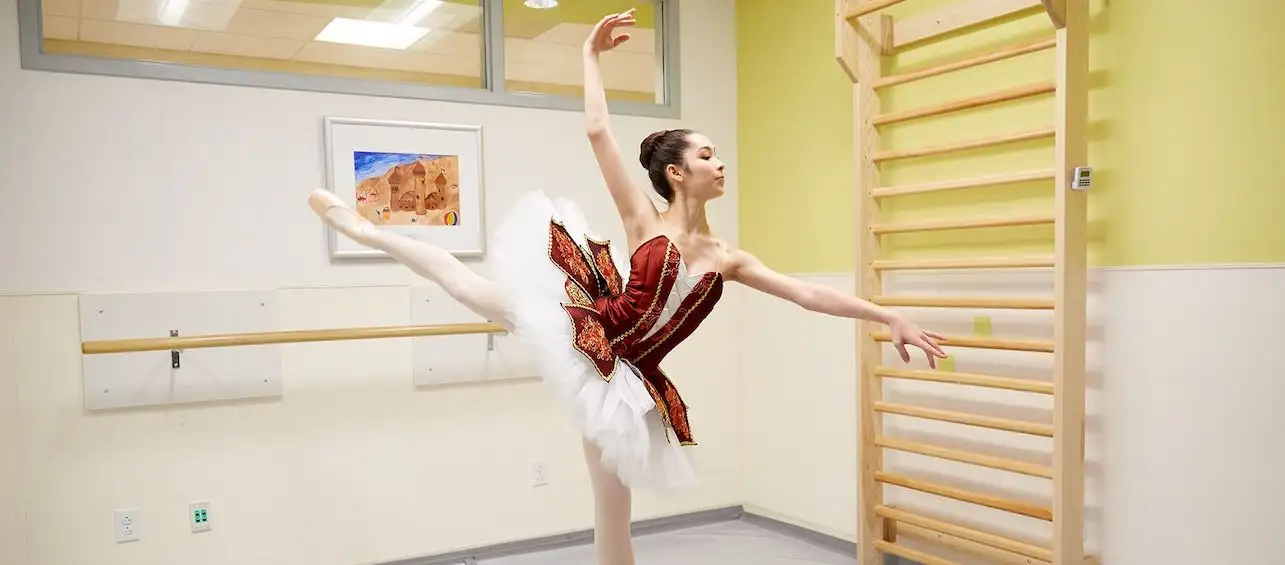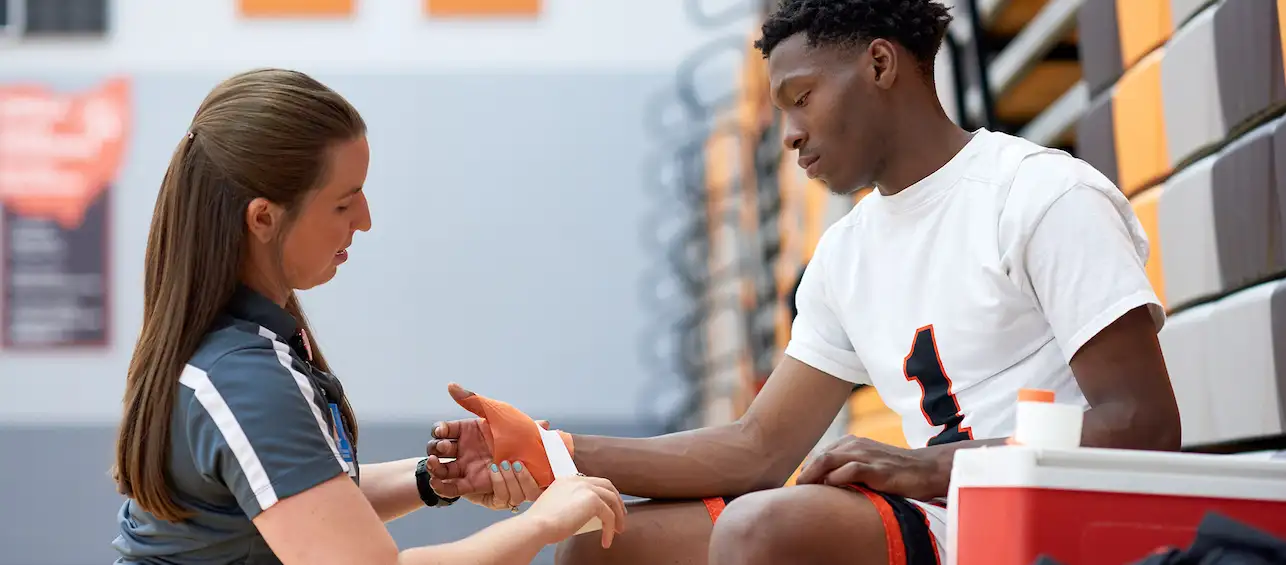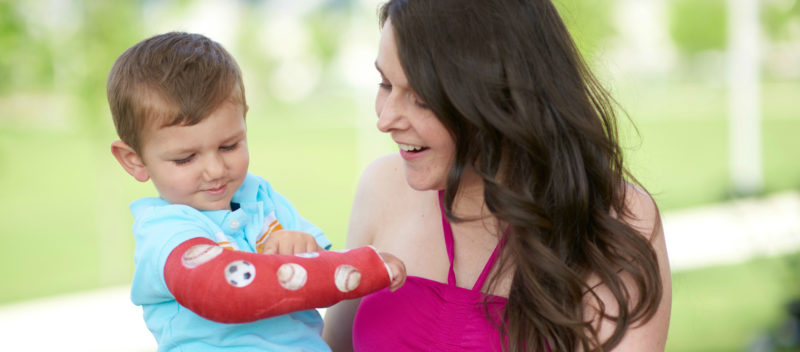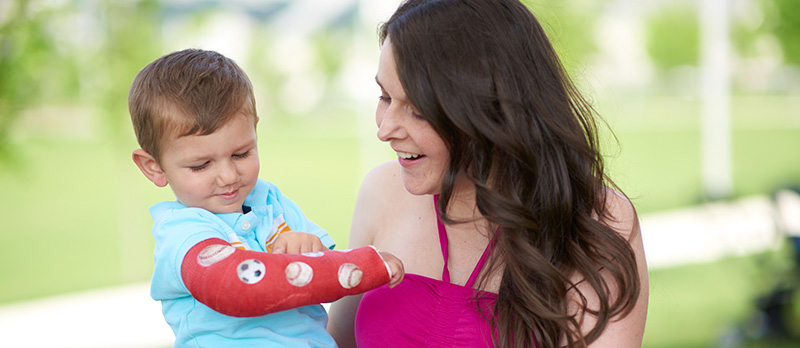In August 2019, the FDA approved vertebral body tethering (VBT) as a treatment for pediatric scoliosis. It’s a nonfusion surgery and is minimally invasive, so it’s been getting quite a bit of attention in the scoliosis world.
But let me explain fusion surgery first. Fusion surgery is a more common treatment for severe scoliosis in older children and teens. This surgery involves joining, or fusing, two or more bones in the spine (called vertebrae) with the help of rigid rods. The result is that the fused bones will no longer be able to curve. Fusion surgery has been used for years and has very good outcomes. The patients have reduced range of motion and stiffness and absence of growth in the area where the surgery was done, but this generally affects a relatively small area in the back.
Each case of scoliosis is different, and the technology available to treat curves in the spine continues to evolve. Because of this, doctors continue to work to come up with new treatments for kids with scoliosis. Vertebral body tethering is one such treatment.
So What’s a Nonfusion Surgery?
VBT is called a nonfusion or fusionless surgery because it does not involve fusing vertebrae together. In this surgery, a flexible cord called a tether is attached to the spine. Tension is applied to the tether to partially straighten the spine. Right after surgery, the spinal curve shows improvement. The curve will then continue to improve as the spine adjusts to the tension on the tether as the child’s spine grows.
The goal of this approach is to stop the growth on the convex side of the curve (the side curved outward) and allow the concave side to grow as the child grows.
Because VBT does not involve fusion, it is an option that can allow the spine to move and bend, preserving range of motion in the back.
When Is VBT Appropriate?
VBT can be a good option for a patient depending on a number of factors. When determining the best options for scoliosis treatment, we take into consideration the age of the child and the degree of the spinal curve. In addition, we look at how much more growing the child has to do. This is called skeletal maturity. There is not a specific age at which someone reaches skeletal maturity. It generally occurs in boys between ages 15-17, and in girls between ages 13-15.
For vertebral body tethering to be successful, it depends on the growth remaining in the spine. A patient must not yet have reached full skeletal maturity for VBT to work well. With this treatment, the tether is guiding the spine straighter as it grows, so the spine is correcting itself. Once a child has reached skeletal maturity, the bones are no longer growing. A tether is unable to straighten a spine that is already stiff.
Currently VBT appears to be most appropriate for children ages 9 and up who have a spinal curve ranging from 45 to 60-65 degrees. It does not work as well for curves that are larger and stiffer. And in smaller curves, there is a risk of overcorrection.
A Complex Procedure
In a VBT surgery, the spine is accessed from the front of the child (called an anterior approach), rather than the back. This approach and the minimally invasive instruments used require a great deal of training for a surgeon. At Cincinnati Children’s, we perform VBTs with both an orthopaedic surgeon and thoracic surgeon working together. This allows us to perform the procedure safely and efficiently.
Before any type of surgery for scoliosis is recommended, it is important to consider all noninvasive options that could be successful, including bracing, which helps many patients with mild to moderate curves.
You can see that a lot of consideration goes into making scoliosis treatment plans. It is possible that two treatments — such as VBT and spinal fusion surgery — could both be good options for the same child. At the Cincinnati Children’s Crawford Spine Center, we work with families to determine the best option for each individual patient based on their particular circumstances. Regardless of the treatment chosen, our ultimate goal is to improve the quality of life for children with spinal deformities.







Can a patient who is currently being followed by another orthopedic surgeon at this facility get an opinion for VBT from you? What is the process for this?
Thanks for the question, Terri. We checked in with our Division of Orthopaedics for the answer to this. Yes, you can get an opinion for VBT. Here is some information about getting an online second opinion that you may want to consider. Or if you’d like an in-person appointment, you can make a second opinion spine visit by calling 513-636-4454. Be sure to mention the appointment is for a second opinion when you call.